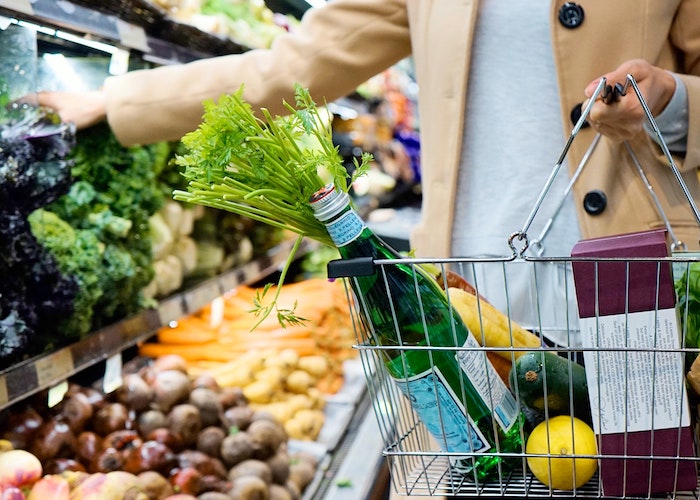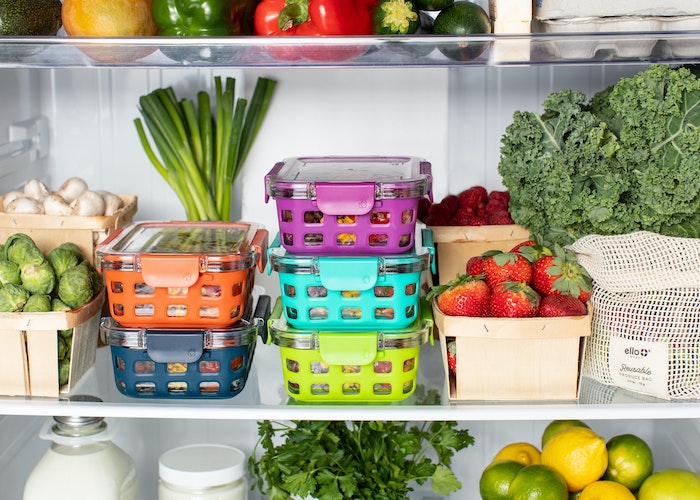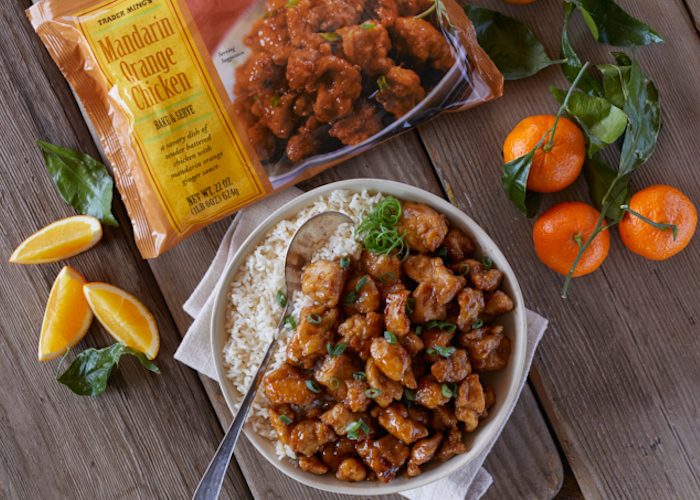9 Easy Ways To Stop Pouring All Your Paychecks Into Feeding Yourself
In my last post I discussed how “Challenging Everything” in your budget can create significant savings. As you go line by line in your budget and figure out how much you’re spending, there will most likely be certain recurring bills or other expenses that jump out at you as areas that can be improved upon. One of the most common areas of high spending, especially for millennials and families, is food. Food is a necessity, but that doesn’t mean you have to pay more than necessary.
As I’ve mentioned in previous posts, we track our spending with Mint. It’s been a little over a year since we first started budgeting and looking for areas to improve upon. I was recently looking through our trends from the past 6 months and was surprised at how low we’ve been able to keep our food costs.
The purpose of this post is simply to dissect some habits that we’ve been able to implement that have helped us optimize this area of our budget. You can choose to apply one or two of these strategies or all of them, either way the goal is to provide ideas for cutting down food costs. Our diet isn’t perfect, and our methods aren’t perfect. We’re definitely still learning, but hopefully this will provide you some ideas. Cutting down our food costs was just one factor in helping us become more financially stable.
Here are 9 easy strategies we use to keep our food costs low:
This is a simple idea that you’ve probably heard plenty of times before, but it’s honestly the most important. The statistics are insane, millennials spend an average of $174 per month on eating out. For the first time in history, average spending on dining out has overtaken grocery spending.
The average cost of a restaurant meal varies from $12-30, while a meal at home is around $4. The savings is staggering, and we discovered that cooking at home needed to be a priority for us. At first the allure of eating out was difficult to ignore, but over time the habit became easier and easier. Now we actually highly prefer eating at home rather than eating at restaurants, and we’ve gotten to the point where we eat out at most 1-2 times per month.
If you’re thinking “I could never do that,” let me walk you through a couple of the biggest keys to implementing this positive habit into your own life.
First, be sure to grocery shop consistently so you avoid the “there’s nothing to eat excuse.” Additionally, we use an hour on Sundays to meal prep for the week. I work a second job in the evenings and weekendsthat I bring dinner to, and my wife brings healthy lunches to work. Also, whenever we cook we make enough for 2-3 dinners of leftovers. This way, we only have to cook a couple times, while having plenty of meals to eat throughout the week.
If this sounds daunting, start small. Try to reduce your restaurant spending by $25-50 per month over the course of a few months. Instead of going out, invite your friends over for a home cooked meal and spend quality time together.
2. Plan ahead.
This tip goes hand in hand with the first one. By planning ahead you can save a significant amount of money. It helps to plan out a couple meals, so that you’re not trying to decide what to make at the last minute when you’re already tired and hungry. We have some “go-to” meals for which we almost always have the ingredients on hand. Planning ahead greatly reduces the temptation to feel lazy and grab takeout.
Another way that planning ahead can help you save is by basing your meal plan on the sale items in the weekly ads for the grocery stores you shop. I’m working on a post where I go into further detail on how planning ahead can save you money in a variety of areas, along with food, so be on the lookout for that!
3. Limit coffee and alcohol out.
Another simple strategy that you’ve probably heard before, but likely don’t utilize to its full potential. These small purchases add up more quickly than you realize.
4. Make a grocery list and stick to it.
Making a grocery list before you go shopping can be a big saver of both time and money. Rather than wandering around aimlessly trying to remember if you need anything else, you’ve got a written out plan of action right in hand. It also helps you avoid impulse buys, since you’ve already thought about what you’ve set out to purchase. If an item didn’t make it onto the list, just wait until next time before purchasing it. Chances are it wasn’t something you truly needed.
5. Buy generic, store brand for most items.
95% of the time store brand items taste just as good as name brand, while costing significantly less. Avoid a “brand loyalty” mentality and give the store brand products a try. If you find that it’s significantly worse, go back to the name brand for those specific items. You likely won’t notice much of a difference and you’ll have shaved off a lot of money from your grocery bill.
6. Buy in bulk.
You can save a lot of money by purchasing items you eat often, non-perishables, and household items in bulk. We buy a lot of chicken, brown rice, beans, eggs, and healthy snacks from Costco. Sam’s Club is also a good option. For produce and other perishables we tend to purchase them from a grocery store to avoid waste.
7. Don’t waste food.
We like to cook a lot of extra food to eat as leftovers, but those efforts would be futile if we didn’t actually eat them. Be sure to keep a close eye on what you can in your fridge to avoid letting food go to waste. Americans throw out hundreds of dollars in food waste every year. Also, be careful not to buy too many perishables at one time, to ensure you have enough time to consume them all before they spoil.
8. Buy items on sale.
Check out the weekly ads of your grocery store, and also look to see what items are on sale when you’re doing your grocery shopping. These simple decisions can save you some money on every purchase.
9. Utilize rewards and cash back.
A lot of grocery stores have a rewards or loyalty program. By signing up for these programs you can receive exclusive coupons and offers to save on your food purchases. Also check to see if your store has a mobile app, making it even more convenient. We add coupons right to our rewards card via the Safeway mobile app. It takes five minutes and saves us money every trip. For stores that don’t have rewards programs, such as Costco, be sure to utilize a cash back credit card.
What methods work best for you in keeping food costs low?
A lifelong Bay Area native, Matt Spillar graduated in May 2013 from Fresno State with a Sports Marketing degree. He currently works on the Content Management team for DealsPlus.com and has worked four seasons with the San Jose Giants. You can read more of his writing on the DealsPlus blog, or his personal blog. He is also on Twitter.
Image via Unsplash





